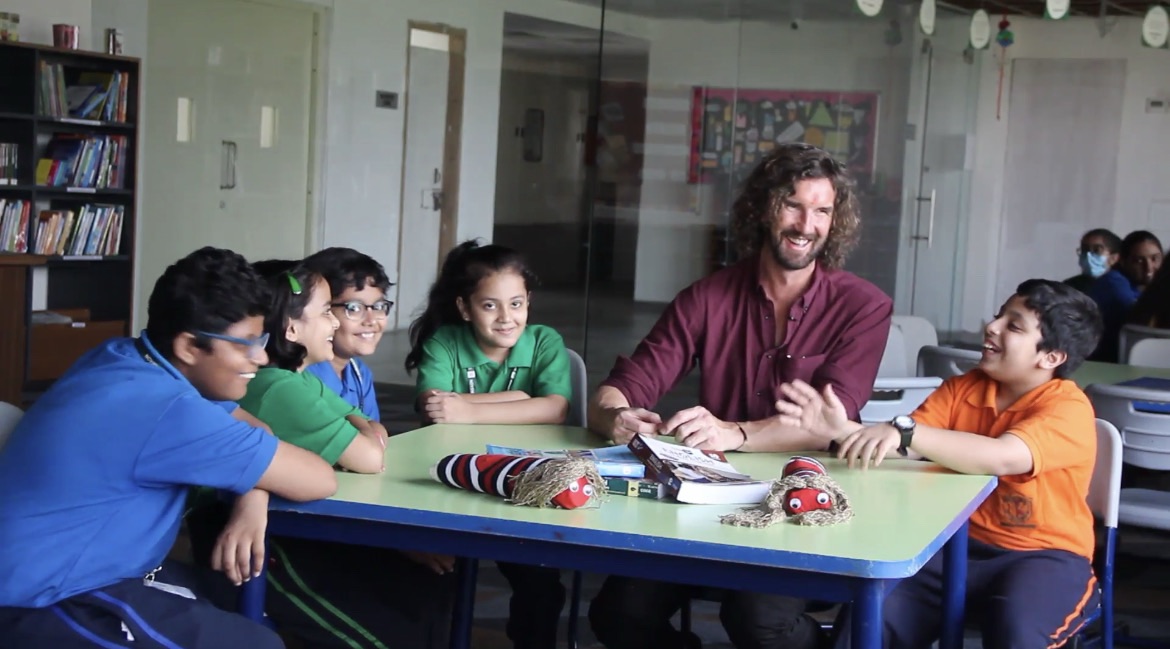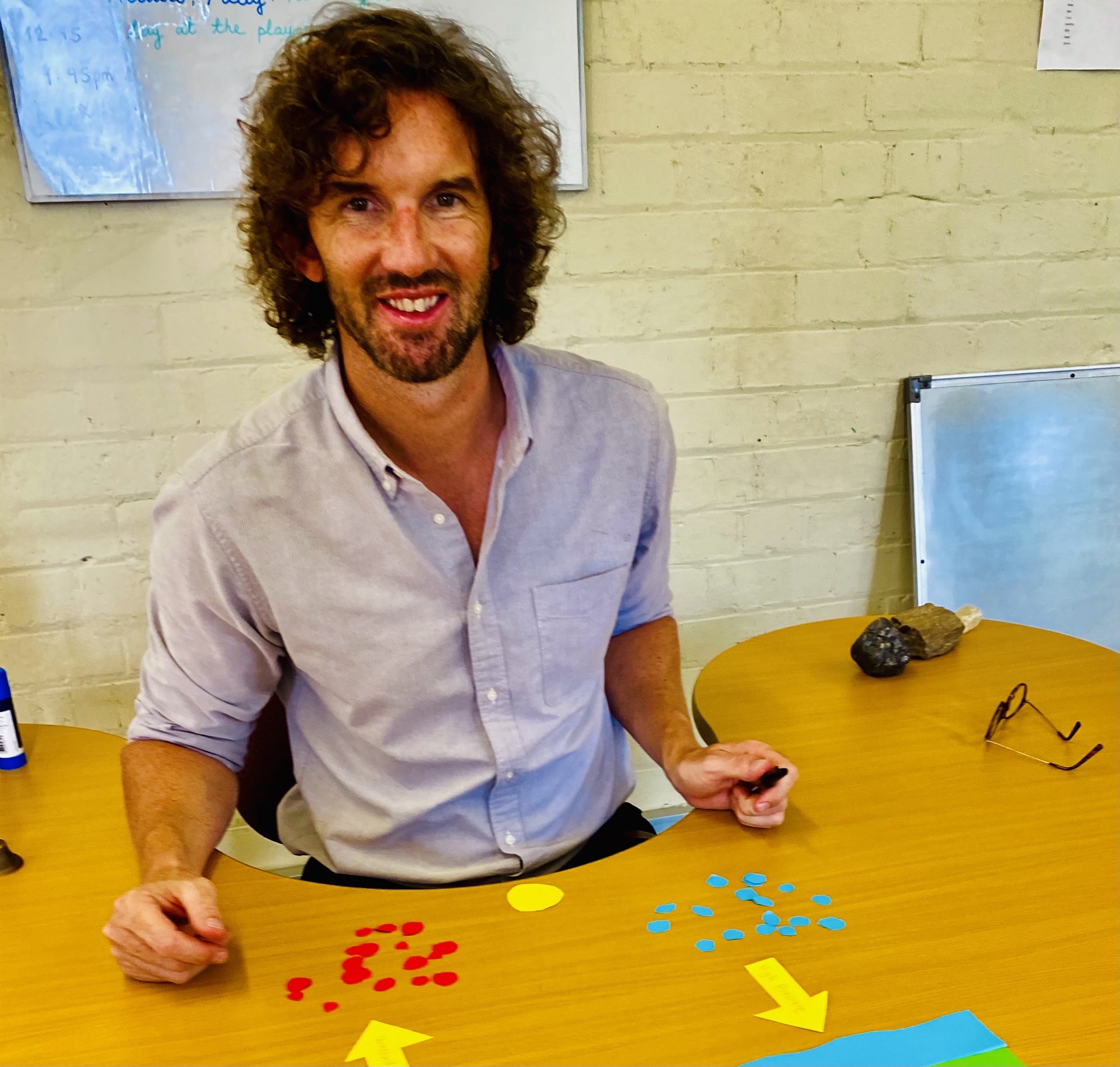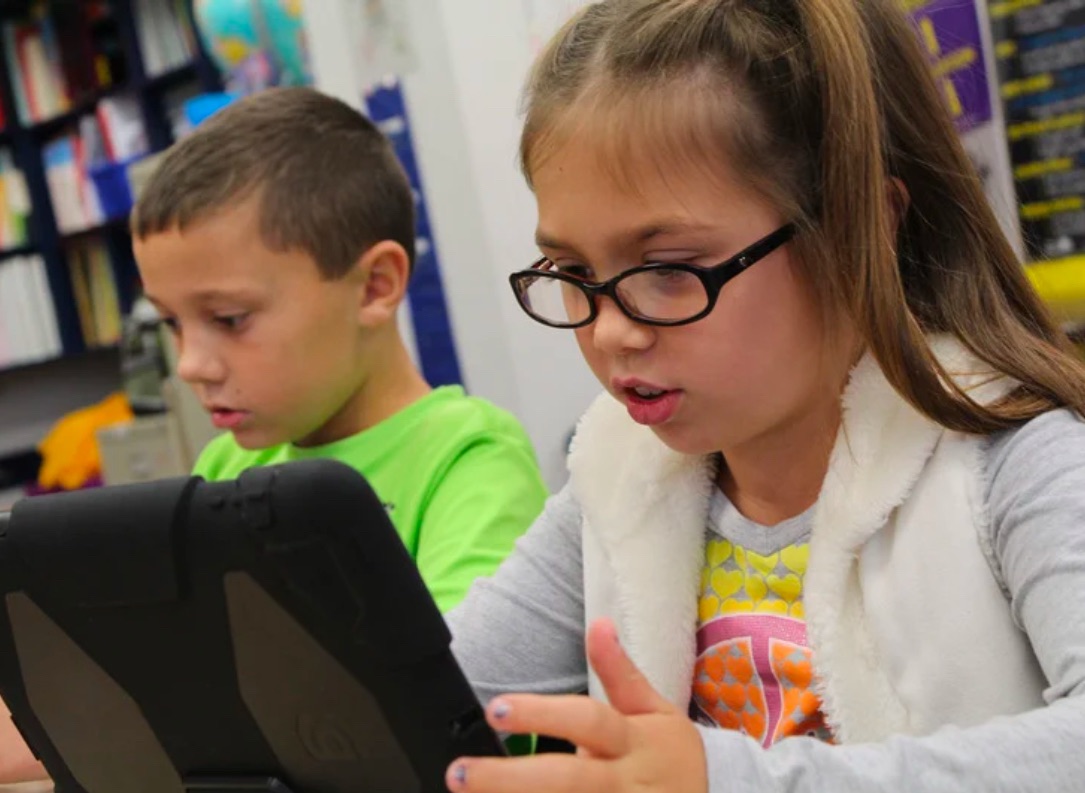Making the Right Choice for Your Child’s Future Education
As parents, one of the most important decisions we’ll ever make is choosing a school for our children. It’s not just about facilities, academic rankings, or glossy brochures; it’s about finding a place that aligns with our values and nurtures our children into confident, capable, and compassionate individuals.
In 2025, the world of education is evolving faster than ever. From the integration of technology to the emphasis on mental health and sustainability, schools must prepare our children for a future we can barely imagine. So, how do we navigate this decision? It starts with asking the right questions. Here are the ten essential questions every parent should ask a school principal before enrolling their child—and exactly what to look for in their answers.

1. How does the school ensure the safety and wellbeing of my child?
Safety goes beyond locked gates and fire drills. In 2025, it includes physical, emotional, and digital safety. A great school will prioritise wellbeing, ensuring children feel secure and supported as they explore, learn, and grow.
Look for:
• Clear and accessible policies on physical, emotional, and cyber safety.
• Regular mental health programs and access to counsellors or wellbeing teams.
• A welcoming, inclusive environment where children feel secure and valued.
2. What is the school’s approach to preventing and addressing bullying?
Bullying has taken new forms in the digital age, and schools must be proactive in addressing it. The best schools don’t just react—they create a culture of kindness and respect where bullying is less likely to happen in the first place.
Look for:
• A proactive anti-bullying policy that includes digital safety measures.
• Programs promoting empathy, peer mentoring, and restorative justice practices.
• Evidence of quick, effective responses to past incidents shared openly with parents.
3. How does the school foster leadership and teamwork skills?
The leaders of tomorrow are sitting in classrooms today. Schools should provide opportunities for children to practise leadership in meaningful ways, whether it’s leading a team project or organising a community event. Leadership isn’t just about standing in the spotlight—it’s about collaboration, empathy, and inspiring others.
Look for:
• Student-led opportunities, like councils, assemblies, or environmental groups.
• Activities that encourage collaboration, such as team projects or group debates.
• Teachers who model leadership by encouraging children to take initiative.
4. How are creativity, critical thinking, and soft skills integrated into the curriculum?
The future belongs to those who can think creatively, solve problems, and communicate effectively. To thrive, children need skills that go beyond memorising facts. Schools should offer real-world learning experiences that challenge children to think critically and use their creativity to make a difference.
Look for:
• Project-based learning where children solve real-world problems.
• Cross-curricular activities that blend subjects like science and the arts.
• Opportunities for children to present, reflect on, and discuss their work.
5. What professional development opportunities do your teachers have?
Teachers are the heart of any school. A school that invests in its teachers invests in its children. Great teachers continue learning throughout their careers, staying up-to-date with the latest methods, technologies, and insights into how children learn best.
Look for:
• Regular, high-quality teacher training programs.
• Evidence of teacher engagement in conferences, courses, or mentorship.
• A school culture that values and supports teachers’ professional growth.
6. How are the arts incorporated into the child’s education?
The arts aren’t just an “extra”—they’re essential. Whether it’s music, drama, or visual arts, these subjects help children express themselves, build confidence, and see the world in new ways. Schools should value the arts as a core part of the curriculum, not an afterthought.
Look for:
• Dedicated time for arts education in the weekly schedule.
• Opportunities for children to perform, exhibit, or share their creative work.
• Integration of arts into other subjects, such as creating illustrations for science projects.
7. How does the school assess children’s progress without undue pressure?
Assessments should guide learning, not overwhelm children. A great school recognises that every child learns differently and uses a variety of tools to measure progress. This includes methods that celebrate growth and effort, not just test scores.
Look for:
• Use of diverse assessment methods, such as portfolios, presentations, and teacher feedback.
• A focus on formative assessments that support learning, rather than high-pressure exams.
• Clear communication with parents about their child’s development beyond grades.
8. What is your approach to discipline and rewards?
Gone are the days of strict punishment and sticker charts. Today, the best schools focus on helping children understand the impact of their actions. Discipline should be about guidance, reflection, and building a culture of kindness.
Look for:
• Logical consequences that help children learn from mistakes.
• Programs that promote empathy, reflection, and restorative practices.
• Avoidance of harsh punishments or overly simplistic reward systems.
9. How does the school encourage independence and responsibility?
Independence is one of the greatest gifts we can give our children. A school that fosters independence helps children build confidence, learn from mistakes, and take ownership of their learning.
Look for:
• Opportunities for children to manage their own projects and timelines.
• Encouragement of problem-solving without immediate adult intervention.
• Practical life skills taught through everyday routines or special programs.
10. What is the school’s mission, and how does it align with my family’s values?
Every school has a mission statement, but the best ones truly live it. Whether your priorities are sustainability, diversity, or academic excellence, make sure the school shares those values. Look for evidence that they practise what they preach.
Look for:
• Examples of how the school’s mission translates into day-to-day practices.
• Evidence of sustainability, inclusion, or community involvement.
• Staff and teachers who clearly embody the school’s values.
Additional Modern Considerations for 2025
Beyond these ten questions, there are a few extra things to think about in today’s world:
• Technology and Digital Literacy: Does the school teach children to use technology responsibly while ensuring screen time is balanced?
• Diversity and Inclusion: What steps does the school take to create a welcoming environment for all children, regardless of background?
• Sustainability Practices: Does the school actively teach and model sustainable living?
Final Thoughts
Choosing a school is about so much more than academics; it’s about finding a place that will nurture your child’s curiosity, resilience, and sense of purpose. By asking these questions and looking beyond the surface, you can make a choice that feels right for your family.
In 2025, our children face a world full of challenges and possibilities. With the right school behind them, they’ll have the tools they need to thrive—not just as students, but as compassionate, capable changemakers.








